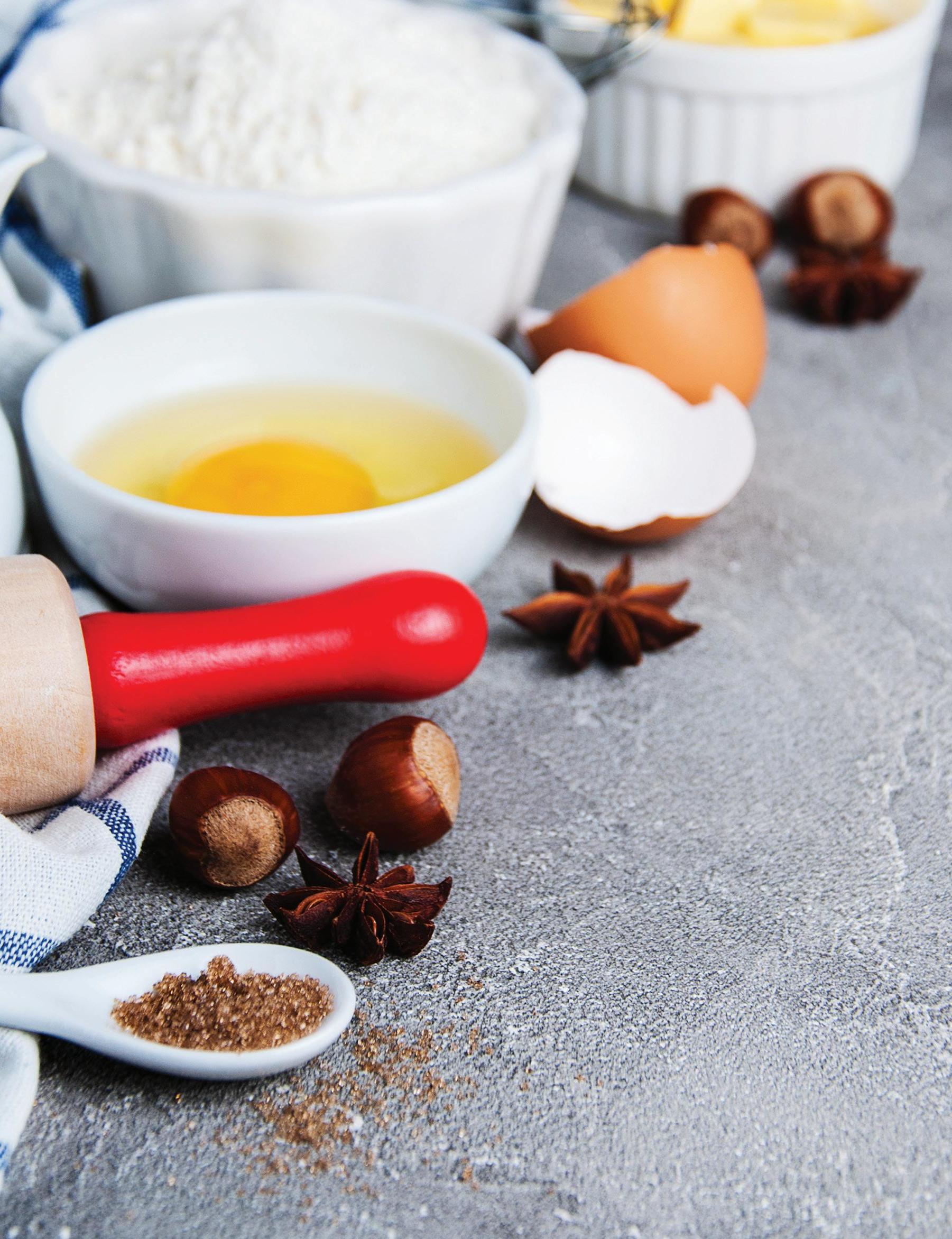
3 minute read
Baking a Better Nursing Practice
By Kevin Lien, Nyla de Los Santos, Rebecca Foley Askew and Leah Phillips, Departments of Policy and Research, CLPNA
Have you ever thought about how evidence-informed practice is kind of like baking cookies? The components of evidence-informed practice, like ingredients, are the broader context, research evidence, healthcare environment, patient considerations, and clinical judgment. The CLPNA’s Practice Guideline on Evidence-Informed Practice is the recipe that helps bring it all together.
Advertisement
Using the baking metaphor, let’s put together the ingredients and follow the recipe to lead us to evidence-informed nursing practice.
When we want to bake cookies, often, we start off by looking up recipes, and just as with research evidence, the quality of recipes can vary. You might follow a friend’s recipe, which is similar to anecdotal evidence, so you might not know the quality of the “research.” Or you might want to reach for your favourite recipe book, which could be similar to looking at unit documents in your nursing practice. If you really wanted to make spectacular cookies, you’d want to go to a sourcethat you could trust. For example, you might find a recipe that’s been tested by 100 people and received five stars – this would likely be a reliable, good quality recipe because it’s been tested many times -- just like you’d find in a systematic review.
Now that you’ve found a recipe, it’s time to figure out if this is possible. Some questions you can ask include: Are you allowed to use the kitchen? Do you have a functioning oven? Are the smoke detectors working? And do you have a fire extinguisher just in case something goes wrong? This evaluation is similar to evaluating the broader context in your nursing process. You can ask yourself questions like can I perform this intervention under legislation or regulation? Do employer policies support me in performing this task? And do I have the training and supervision I need?
Once you’ve considered the broader context, you can think about the materials you need to make your cookies. When evaluating a recipe, you need to consider what ingredients you have access to, the type of pans you have, and assess the complexity of the recipe. This evaluation is similar to how you’d evaluate your healthcare environment while nursing. You need to see whether or not you have the appropriate equipment in your setting, evaluate the complexity of the patient’s needs, and check to see who is available on the healthcare team to assist when needed.
So let’s say you’ve planned to make oatmeal raisin cookies, but you’ve found out that your son’s friend hates raisins but loves chocolate. Therefore, you might decide to substitute chocolate chips for the raisins because it is a reasonable substitute within the recipe. This is similar to evaluating patient considerations as well as options within the healthcare plan. For instance, if a patient has allergies, the healthcare team could consider what other treatments would be appropriate.
Once your cookies are in the oven, how would you determine they’re done? You might use your experience with baking and knowledge of your oven. Knowing when the cookies are ready is based on your experience and training as a baker combined with the equipment you’re using. As with nursing, you use your critical thinking skills combined with your training to evaluate the best course of treatment for your patient or the best time to take those cookies out of the oven.
Now that your cookies are out of the oven, it’s time to taste test to evaluate the quality of the cookies! This is the point where if you didn’t reach your desired outcomes, you might want to consider how you could do things differently. Maybe that’s finding a different recipe, choosing different ingredients, sharing the cookies with a different group, or leaving them inthe oven a little longer. The taste test is equivalent to the evaluation you would complete of your own nursing practice to see if the actions you took resulted in desired outcomes. You can consider how your patient responded to the intervention, if anything else might have affected the outcome, or whether there were different resources you needed.
Just like making great cookies, being a great nurse involves evidence-informed practice. You can use evidence to inform your nursing practice through understanding the broader context, looking at the research evidence, knowing what tools are available, considering patient needs and preferences, and using clinical judgment. And lastly, using your critical thinking skills throughout your nursing practice will help you determine and evaluate your actions. Bon appétit! n






